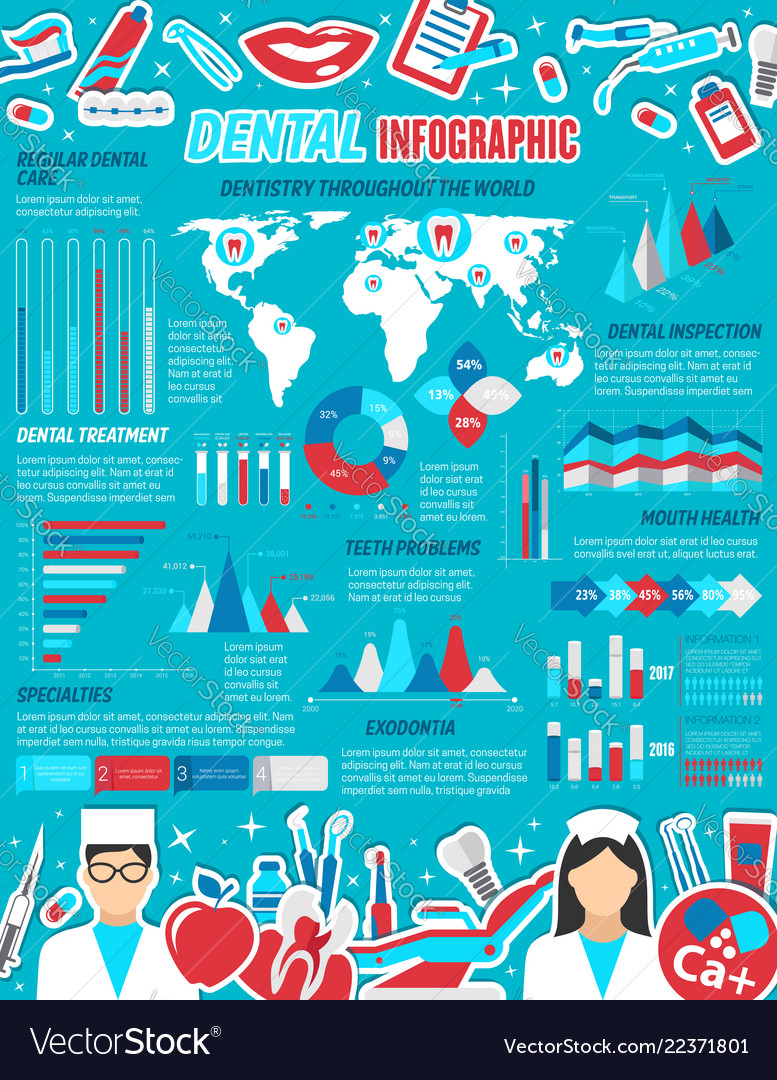The Next Age Of Dental Surgery: Breakthrough Innovations And Advancements Improving The Specialty
The Next Age Of Dental Surgery: Breakthrough Innovations And Advancements Improving The Specialty
Blog Article
Content Created By-Johannsen Schultz
Welcome to the world of oral surgery, where technologies and developments are forming the future of the field! In this interesting world, you'll witness the transformative power of robotics, the cutting-edge marvel of 3D printing, and the game-changing impact of minimally invasive methods.
dr kim dental office of dental surgery holds a pledge of accuracy, performance, and enhanced patient outcomes. With the help of innovative robotics, cosmetic surgeons have the ability to execute intricate treatments with higher precision and control.
3D printing innovation is changing the development of oral implants and prosthetics, supplying customized remedies that fit flawlessly right into each client's one-of-a-kind makeup.
Furthermore, minimally intrusive techniques are lowering post-operative discomfort and recuperation time, permitting patients to return to their daily lives sooner.
Get ready to check out the exciting advancements and advancements that are reshaping the landscape of dental surgery!
Improvements in Robotics
One major development in dental surgery is the use of robot technology, which allows for accurate and reliable operations. With why not try these out of robot systems, dental surgeons have the capability to do complex surgical treatments with improved precision, reducing the danger of human mistake.
These robot systems are outfitted with advanced imaging modern technology and specific instruments that enable doctors to browse via intricate anatomical structures easily. By utilizing robotic modern technology, cosmetic surgeons can accomplish better surgical precision, causing improved patient outcomes and faster recovery times.
In addition, the use of robotics in oral surgery enables minimally invasive procedures, minimizing the injury to bordering tissues and promoting faster healing.
3D Printing in Dental Surgery
To boost the area of oral surgery, you can explore the subtopic of 3D printing in oral surgery. This innovative technology has the potential to reinvent the way oral surgeons run and treat people. Right here are 4 vital ways in which 3D printing is forming the field:
- ** Customized Surgical Guides **: 3D printing enables the production of very exact and patient-specific medical guides, enhancing the accuracy and effectiveness of procedures.
- ** Implant Prosthetics **: With 3D printing, oral cosmetic surgeons can create customized dental implant prosthetics that completely fit a client's distinct composition, causing much better end results and individual satisfaction.
- ** Bone Grafting **: 3D printing enables the manufacturing of patient-specific bone grafts, minimizing the need for typical implanting techniques and boosting healing and recovery time.
- ** https://www.scmp.com/lifestyle/fashion-beauty/article/3214301/how-get-white-teeth-experts-reveal-which-home-treatments-avoid-effectiveness-whitening-strips-and and Training **: 3D printing can be utilized to produce practical surgical designs for academic functions, permitting oral surgeons to exercise complex procedures prior to executing them on clients.
With its prospective to improve accuracy, customization, and training, 3D printing is an exciting growth in the field of oral surgery.
Minimally Invasive Methods
To further progress the area of oral surgery, welcome the possibility of minimally intrusive strategies that can substantially profit both cosmetic surgeons and individuals alike.
Minimally invasive strategies are changing the area by minimizing medical injury, lessening post-operative pain, and increasing the healing process. These techniques include making use of smaller sized cuts and specialized instruments to execute procedures with precision and efficiency.
By using sophisticated imaging innovation, such as cone light beam computed tomography (CBCT), cosmetic surgeons can accurately intend and carry out surgical procedures with minimal invasiveness.
Furthermore, making use of lasers in dental surgery allows for accurate cells cutting and coagulation, causing minimized blood loss and minimized healing time.
With minimally invasive methods, individuals can experience quicker recuperation, lowered scarring, and boosted outcomes, making it a crucial element of the future of dental surgery.
Final thought
So, as you can see, the future of dental surgery is incredibly promising, with exciting developments and advancements shaping the area.
From the developments in robotics to using 3D printing and minimally intrusive methods, dental cosmetic surgeons are revolutionizing the method they supply care.
While some may stress over the prospective expense connected with these advancements, it's important to bear in mind that these technologies eventually improve person outcomes and decrease healing time, making them well worth the investment in the long run.
